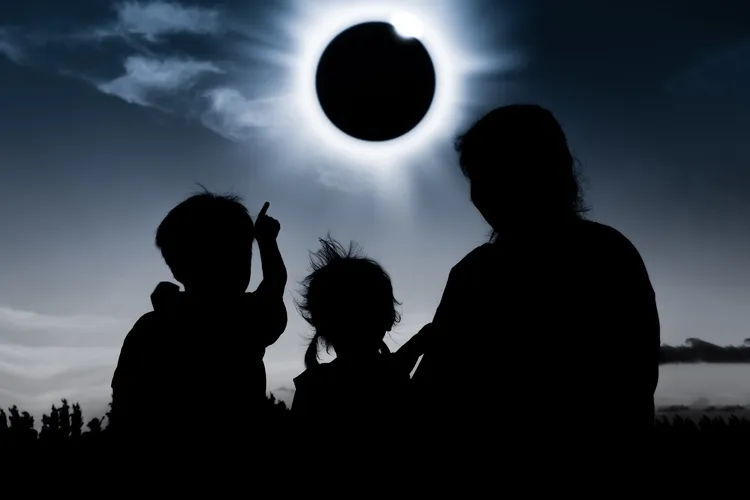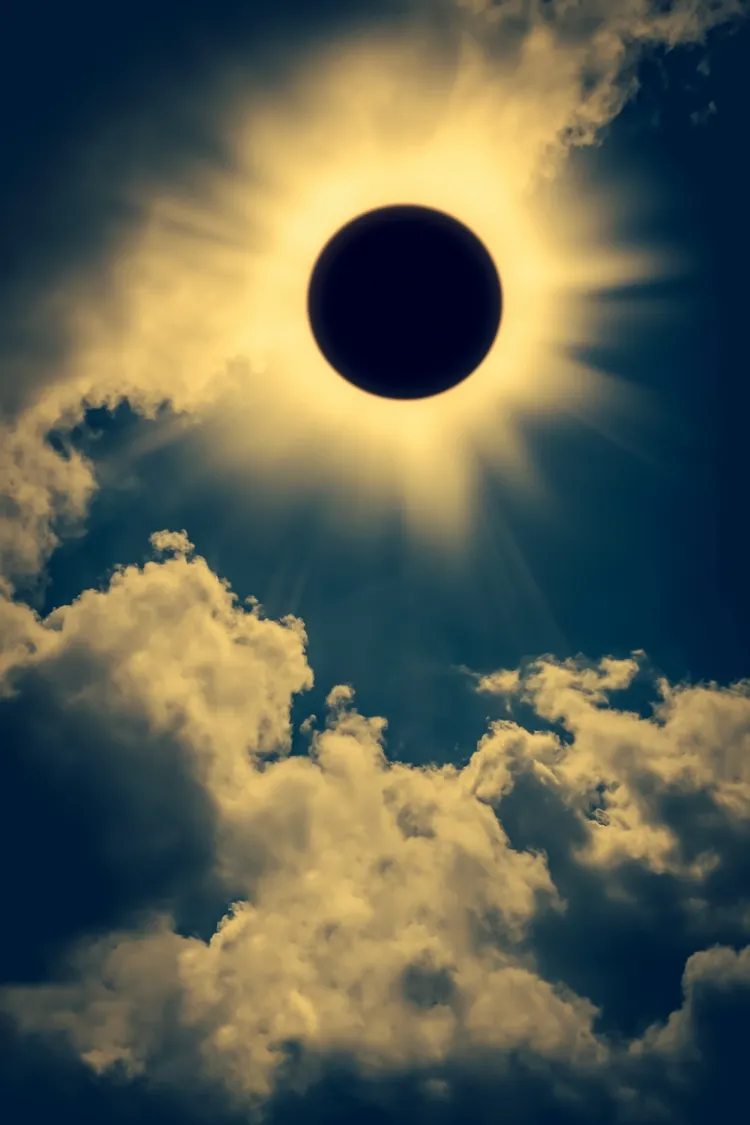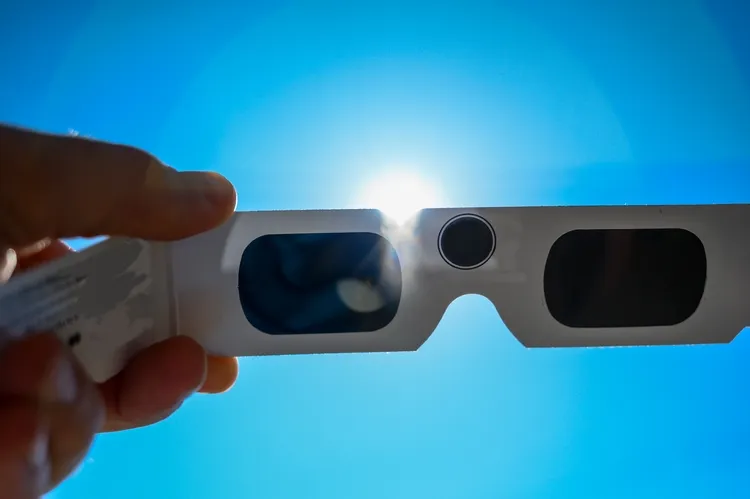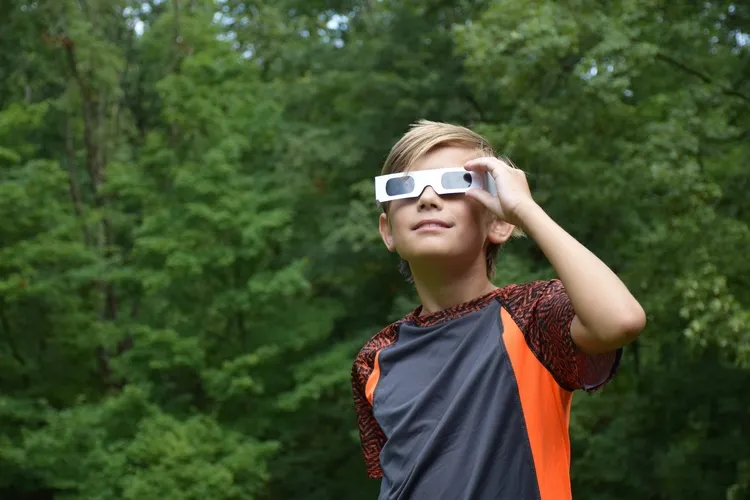The April 8th solar eclipse is already attracting the attention of astronomers and stargazing enthusiasts because of its unique features. It will be a total solar eclipse where the moon will completely cover the solar disk, causing a brief decrease in daylight and a daytime blackout over vast areas. Let’s see where and how to watch the April 8th solar eclipse!
How to Watch the April 8th Solar Eclipse? What Makes It Unique?
We have the chance to witness the longest and most visible eclipse in the USA in 100 years. As you know, a solar eclipse is a natural phenomenon in which the moon is visible from Earth, completely covering the sun. We can observe it because the moon, being between the Earth and the Sun, casts a huge shadow on our planet. The coming solar eclipse will be visible to most people in Canada, the U.S. and Mexico. After that, there will be a 20-year period during which the astronomical phenomenon will not occur over the continent. So, take your chance and find out how to watch the April 8th solar eclipse.
Why is this eclipse unique? One of the unique features of the solar eclipse that will occur on April 8, 2024, is that, depending on where you are, you will see the moon completely or partially cover the sun, creating a corona effect. In addition, in April, the Moon will be relatively close to Earth. As a result, the solar eclipse will last almost 4.5 minutes, which is almost two minutes longer than the 2017 eclipse in the U.S. What’s more, in 2024, the sun will be close to its period of greatest activity. This is the peak of a roughly 11-year cycle. As a result, many bright, petal-like jets of plasma will emerge from the solar corona (the outer part of the star’s atmosphere).
Where and When Will April 8th 2024 Solar Eclipse Be Visible?
The eclipse will be visible in North and Central America, as well as parts of Europe and Africa. However, the total eclipse will only be visible on a narrow trail called “the Path of Totality,” which will pass through Mexico, the United States, and Canada. In these areas, observers will be able to see the sun completely disappear behind the moon for a few minutes. In other places, the eclipse will be partial; that is, the moon will cover only part of the sun. You can visit NASA’s web site, where you’ll find detailed information for the partial and total eclipse times for some cities in the U.S. and see the path of totality on the map.
How to Watch the Solar Eclipse on April 8, 2024 Safely?
Watching a solar eclipse is very exciting and fascinating, but it is also very dangerous to the eyes. Never look at the sun with a naked eye or through ordinary sunglasses, telescopes, binoculars, or cameras. This can cause damage to the retina and even loss of vision. To safely view the eclipse, you need special protective glasses or filters that block most of the sun’s radiation. It is also a MUST to put a solar filter on the lenses of your binoculars or telescope (or other optical instruments) to avoid damage to your eyesight.
Don’t forget that you can look at the sun without protection only during a total eclipse, when the moon covers it completely. But be careful, because this lasts for a very short time, and as soon as the sun starts to appear, you must put your protective glasses back on. Do not let children go without observation! They can’t appreciate the possible damage to their eyes from watching the solar eclipse.
Also read: Pluto in Aquarius 2024 – How is This Major Transit Going to Affect Each of the Zodiac Signs?






